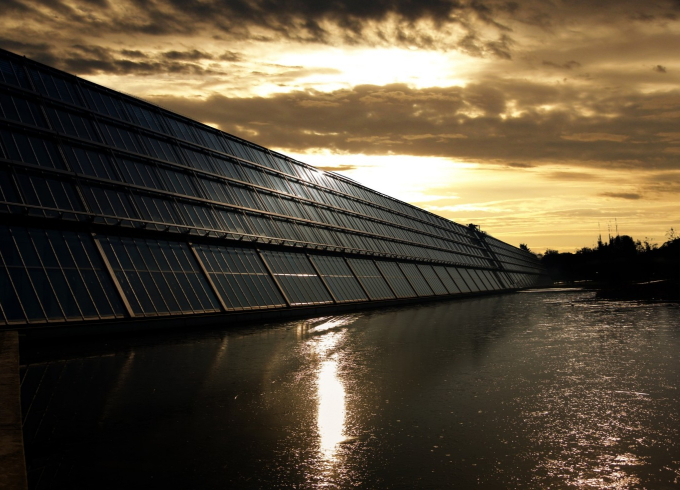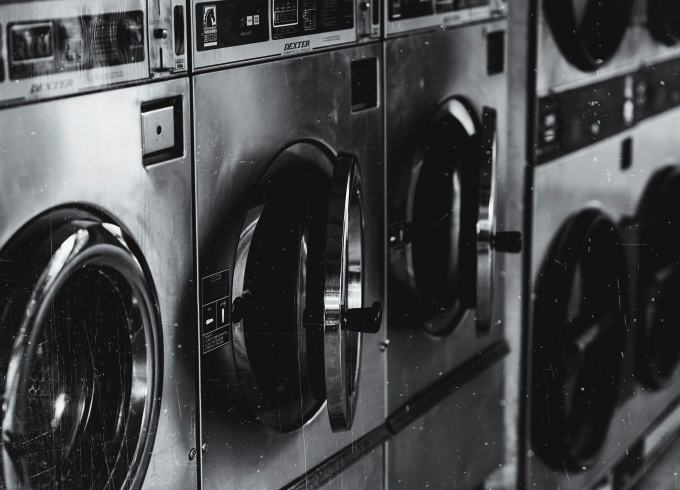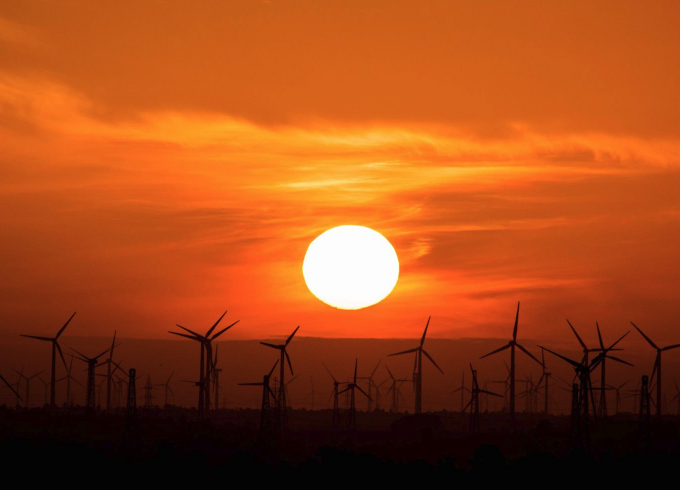No matter where you live or which income bracket you belong to, everyone’s concerned about the cost of living. It just seems to be increasing with no end in sight and sadly, wages are not rising as quickly. Although it fluctuates, you can see how serious inflation is by the COLA (Cost of Living Adjustment) on the Social Security Administration’s website.
In the meantime, average households and small businesses are concerned by the rapidly rising cost of power. Check out the following 10 ideas for lowering that dreaded power bill.
It’s Time to Get Smart
You may have noticed that most power companies have installed smart meters in your area, whether you’re on solar or the grid. However, don’t let it stop there. Why not install smart thermostats in your home? Your water heater and faucets can even be operated on smart technology. Each family member can have water at the temperature they prefer. You can even reduce their desired temp a couple degrees and save even more. Programmable timers can be used on everything from lights to circuits and can be set to run when you want. This can reduce the amount of energy you’re using, too
Bask in That Glorious Sunshine
Speaking of solar power, isn’t it time you did a little research on the benefits of solar energy? Savings can be significant if you consume energy from a solar panel installation rather than drawing off the grid. You can reduce your expenditure by as much as 75%, if not more.
Dress Seasonally
Winters can be chilly, and summer temperatures can soar to triple digits. Learn how to stay cool in the summer and warm in the winter by dressing appropriately.
Smart thermostats can keep heat from kicking in when you’re not at home, and keep the house cooler when sleeping. This is another reason to pay attention to the weather and dress seasonally. Keep thermostats set a little cooler in the winter and warmer in the summer to reduce your energy consumption. When it’s 100 outside, the 80-84 degrees inside feels really good.
Keep Your Air Filters Changed & Your HVAC Inspected
Keeping your HVAC system maintained is highly underrated. This is probably the biggest user of energy in your home. Cleaning and replacing your filters regularly helps cut down on the energy usage, and keeps your inside air cleaner. You should change (or wash if they’re reusable) your filters quarterly. During drought season, or if you live in an area with dust storms, you may want to consider more frequent filter changes.
All you can do is keep your air filters clean and all your windows and doors closed tightly. You may also want to invest in high quality air filters. We like HEPA filters, as they seem to cut down on allergens and dander, too. In addition to keeping your filters clean, you’ll also want to have your HVAC system inspected annually. I find spring is a great time for inspections. This way, you can make sure your Freon levels are full, and you can make any repairs before the heat of the summer kicks in.
Weatherize Doors and Windows
Drafty windows and doors are a serious electricity hog. It doesn’t seem so, but your nice temperature controlled inside air is getting replaces by the air outside. Drafty windows are awful in the winter, and can make your home feel a lot colder.
Start with some weather stripping around your doors. This is inexpensive and easy to install. If you live in a really cold climate, you might want to consider putting plastic over your drafty windows in the colder months. You can also conserve energy by not heating or cooling rooms you’re not using. Close the vents in those rooms, and the air will force out into the rooms you are occupying.
Unplug Chargers When Not in Use
Few people realize their chargers are drawing current, even when a device isn’t attached. Did you know that leaving rechargeable devices plugged in when they are already at 100% still uses electricity? It may be only a trickle, but that quickly adds up. Especially if you think of all the rechargeable devices you have in your home. Cell phones for every member of your family, tablets, game systems and controllers, the list goes on and on. Then there are rechargeable batteries for such things as your remotes and any toys the kids like to play with. You’d be surprised at just how many of your devices continue drawing current even when they are fully charged!
Replace All Lights with LED Bulbs
Did you know that some power companies are providing assistance and rebates when changing lightbulbs to energy efficient LED bulbs? Check with your local utility provider to see if there are any similar programs in your area. Each city and each power company may have different programs. In terms of drawing energy, your local utility company usually has a program to help you weatherproof your home and rely less on the electric grid.
Use Cold Water in the Washing Machine
Modern day washers are a 180 from the ones we grew up with. Did you know that today’s state-of-the-art appliances recommend laundry detergent rated as HE for a reason? High-efficiency laundry detergent has additives that enable you to do laundry with cold water that previously required hot water. With stain lifters and detergent boosters, along with fabric softener, you can even wash greasy and stained items in cold water with similar results as when using hot water.
Replace Older Appliances with Energy Star Rated Models
The thought of replacing all of your appliances may seem daunting and slightly counterproductive when you’re trying to save money. In the long run, that’s exactly what will happen. Rather than replace everything at once, try to find the worst offenders, or the items on their last legs, and replace those first. Then gradually replace everything else with Energy Star rated models.
Next, tackle larger appliances that may have come with your house but don’t fit your needs. For example, you may have a large refrigerator that’s always half empty. Not only does this unnecessarily drain energy, but you’re paying to refrigerate space that isn’t getting used.
It may take a year or two to ‘break even’ when replacing appliances. But soon, what you’re saving in electricity will be paying for those new machines.
Teach the Children Well
This bit of déjà vu is brought to you by that Crosby, Stills & Nash hit from 1970. One of the biggest ways to reduce your energy consumption is to teach your children how to conserve energy. Turn off lights and gadgets when not in use. Teach them to keep the doors and windows closed when the heat or air conditioning is on. Also show them how to use less water when taking a bath, brushing their teeth, or washing their hands. Yes, they need warm water, but turning off the tap, a little soap, and some scrubbing will do the trick nicely. Education goes a long way in terms of saving money. They’ll also learn how to reduce waste for environmental benefits at the same time.
It All Adds Up
Once you start making simple changes, you’ll notice other easy things you can do. Take a few more minutes to add up all the benefits you will realize. Not only will you be meeting your original requirements of saving money, but you will reduce the amount of energy being drawn from the grid.
While there’s only one coal-burning electric plant still in operation in the State of California, there are other ways fossil fuels factor into the electricity you’re consuming. Natural gas is a fossil fuel that has a finite supply; it will one day run out if other forms of energy aren’t utilized. As supplies of coal and natural gas dwindle, prices will rise accordingly. Geopolitical factors also affect the cost of production of electricity. You see that often in fluctuating gasoline and oil prices, but it also transfers to energy costs.
Consider all the reasons why you’re paying such a high bill every month and why those bills keep getting higher. If you want to reduce your bills, and sometimes eliminate them altogether, renewable energy is the solution. Of all renewable options, solar is the most affordable because the sun’s power is freely available 365 days a year.







